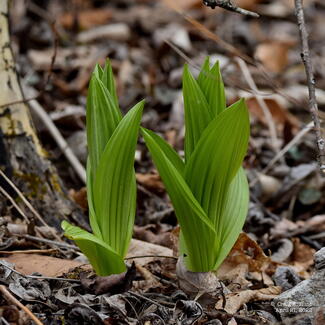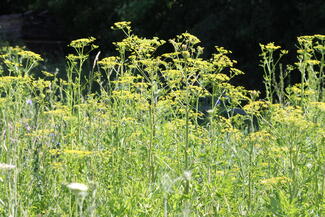False hellebore contains many different chemicals called steroidal alkaloids in all parts of the plant. Steroidal alkaloids change the way that cells regulate sodium concentrations inside cells. Sodium concentration inside the cells is very tightly regulated, and when that goes awry our bodies can become sick very quickly.
Eating false hellebore can cause dangerous changes in your heart and you should seek immediate medical care. If you eat false hellebore, you may notice symptoms within 30 minutes to 4 hours after eating it.
Typically, you will have severe nausea and vomiting first. Then you may notice a slowed heartbeat and a drop in blood pressure. Other symptoms can include:
-
Slowed breathing
-
Weakness
-
Dizziness
-
Numbness and tingling
-
Sweating and drooling


